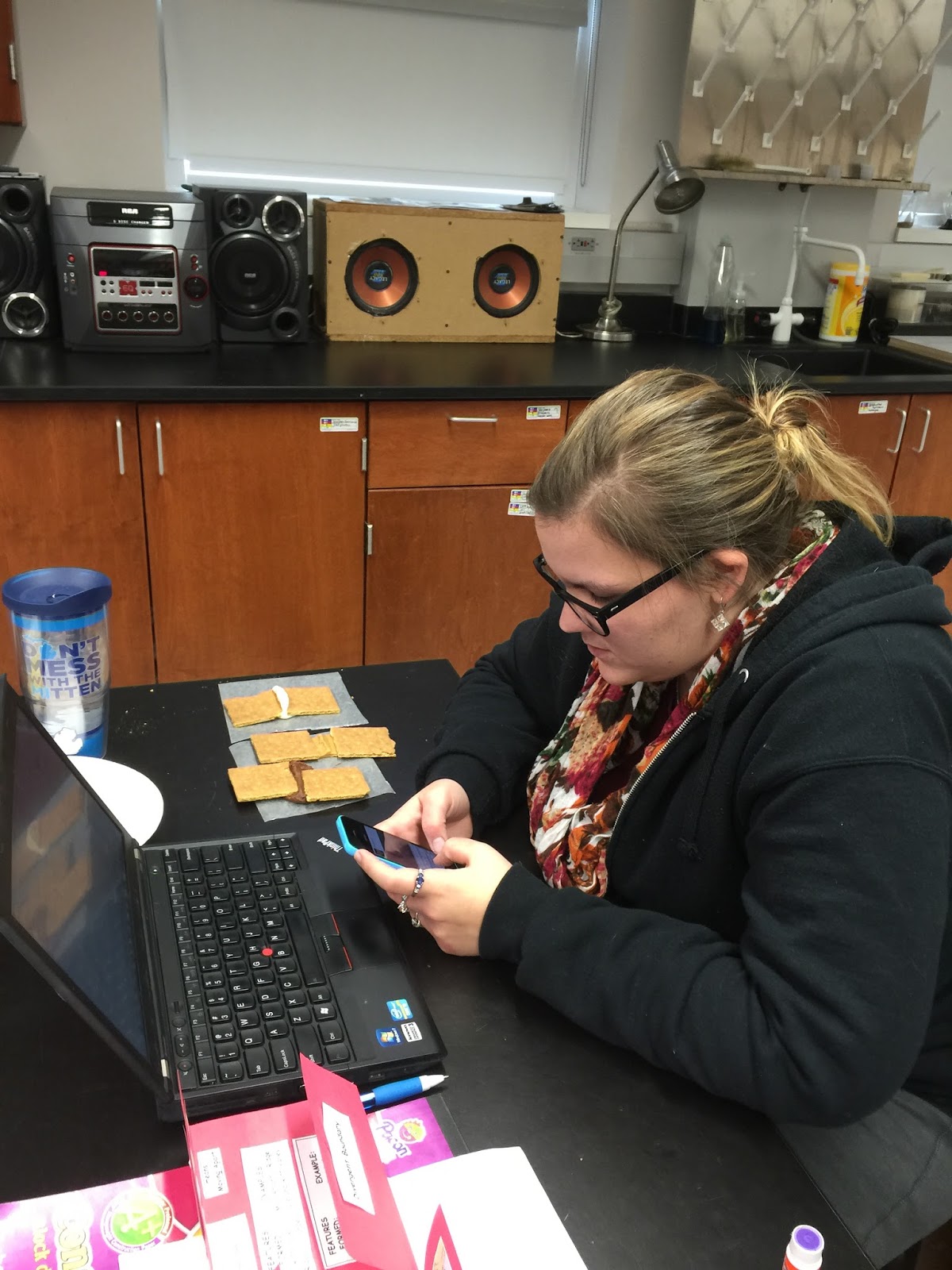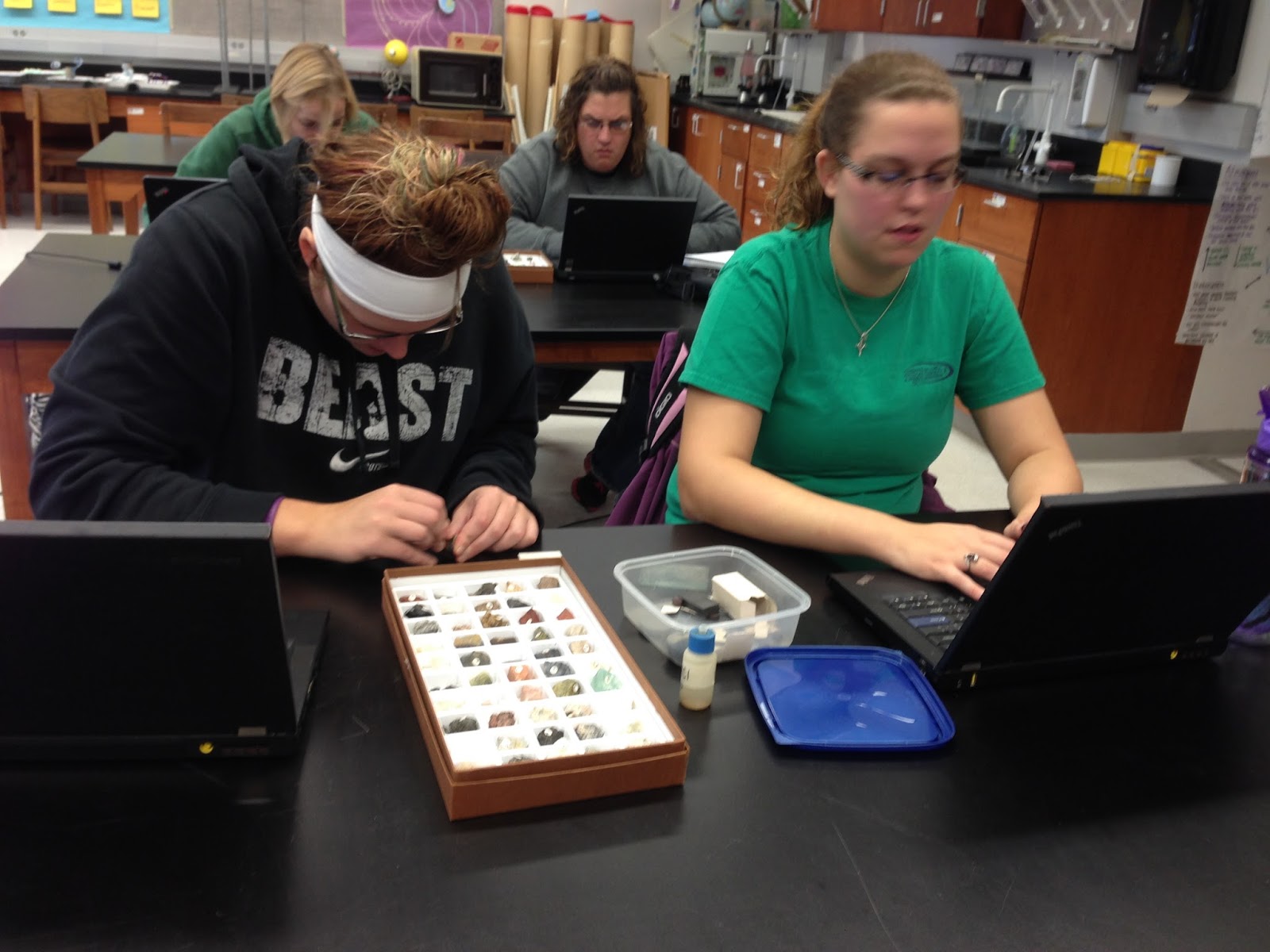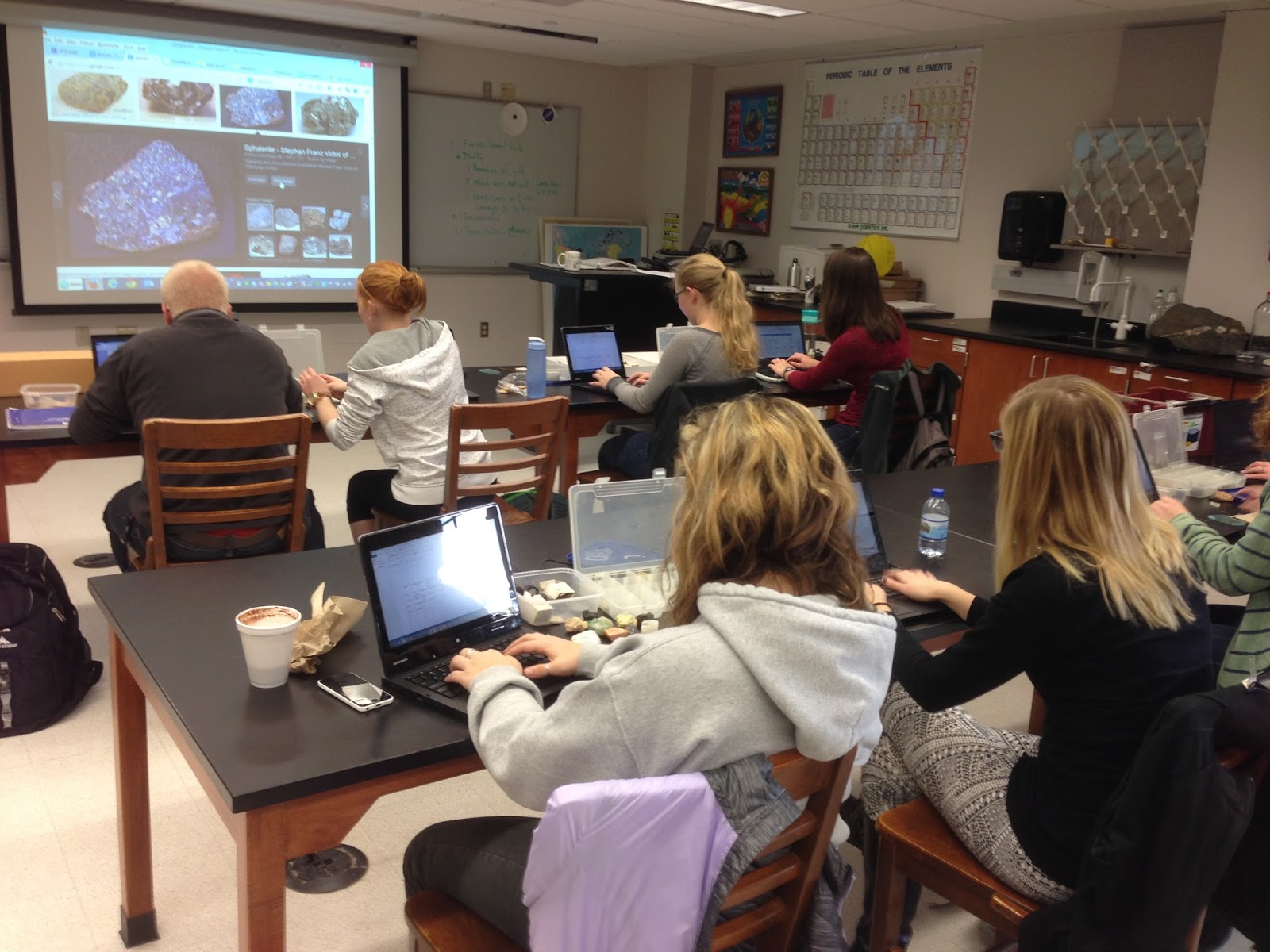I love this stuff: http://www.huffingtonpost.com/paul-anthony-jones/say-what-the-literal-mean_b_6141414.html?utm_hp_ref=tw
AMETHYST literally means "not drunk." Because the stones were once believed to help prevent drunkenness, the name amethyst comes from a Greek word, methyskein, meaning "to make drunk" (which is itself a derivative of the Greek for 'wine', methys).
ANEMONE means "daughter of the wind." Sea anemones are named for the anemone flower, which was supposed by the Ancient Greeks to only open when the wind blew.
BANKRUPT means "broken bench." A 16th century corruption of the Italian banca cotta, meaning "broken" or "wrecked bench." According to Samuel Johnson, Italian moneylenders would supposedly break the bench at which they carried out their work to show that they had gone out of business.
CALAMARI means "pen-like." The name calamari originally referred to cuttlefish not squid, and it was probably the cuttlefish's tough, quill-shaped shell (and the fact that it seemed to be full of ink) that led to its name being adopted from calamus, a Latin word for "pen".
CASINO means "little house." A casino was originally a music hall or dance hall, where all kinds of different entertainments would be performed. It was a popular gamblers' card game called cassino (spelled with two Ss) that helped to alter its meaning in the early 1700s.
CONSPIRE means "to breathe together." The -spire of words like conspire, transpire, perspire and inspire is the Latin spirare, meaning "to blow" or "breathe." To conflate, incidentally, means "to blow together," while to conscript means "to write together."
CUL-DE-SAC means "bottom of the bag." Originally an anatomical term for a tube or sac open only at one end. Its use in reference to a dead end or to a road with no exit dates from the early 1800s.
CURFEW means "fire-cover." In Medieval France, rules were put in place to ensure that all candles, torches and stoves were extinguished at a certain time each night to prevent fires breaking out while everyone was asleep. In the sense of a daily directive brought into operation at a designated time, these rules - originally known as couvres-feux - ultimately became curfews in English.
GYMNASIUM means "place to train naked." Athletes in Ancient Greece trained in the nude, so words like gymnasium and gymnastics were taken from gymnos, the Greek word for "naked." Gymnophobia, incidentally, is a fear of being nude.
ICEBERG means "ice mountain." The Dutch word ijsberg was borrowed into English in the mid 1700s. Before then, icebergs had been known as icemounts.
IMPEDE means "to shackle the feet." The -pede is the same as in pedicure and pedometer.
INNUENDO means "giving a nod to." Derived from the Latin innuere, meaning "to nod", innuendo originally referred to any remark made parenthetically or tangentially.
KALEIDOSCOPE means "viewer of beautiful things." So named by its inventor, the Scottish physicist and mathematician Sir David Brewster, in 1817.
LADY means "bread-maker." Lady is a derivative of the Old English word hlæfdige, which is itself a compound of hlaf, meaning "bread" or "dough", and dæge, an Old English word for a housemaid or servant. It probably originally referred to the female head of a household, whose task it would once have been to prepare the day's bread.
MANGA means "wandering pictures." Manga was coined by the Japanese artist Katsushika Hokusai as far back as the early 1800s to describe a spontaneous and free-flowing style of drawing.
MEDIOCRE means "halfway up a mountain." In Latin, mediocris meant "of ordinary stature or standing". Its literal meaning (derived from okris, a Latin word for a rugged mountaintop) was probably figurative, in the sense of something being neither one thing nor another.
ORANGUTAN means "man of the forest." The name is Malay. It's possible that it was originally used by local tribes to describe other tribesmen who lived in the forest, but was mistakenly taken to refer to the great apes of the forest by European explorers in the late 1600s.
PANDEMONIUM - "place of all demons." Milton coined the word pandemonium as the name of the capital of Hell in Paradise Lost.
PRECOCIOUS means "ripening early." Hence it's used to refer to a child who seems bolder or more articulate than their age suggests.
PREPOSTEROUS means "before-behind." The preposterousness of preposterous comes from the fact that it combines two oxymoronic roots: the Latin prae, meaning "before", and posterus, meaning "after" or "subsequent to".
PREVARICATE means "to walk awkwardly." It comes from the Latin varicare, which was variously used to mean "to straddle", "to stretch the legs", or "to bend outwards". In English, prevaricate originally meant "to deviate from" or "to go transgress", and hence "to dawdle".
RANSACK means "search the house." Dating back to the mid 1200s at least, ransack is a compound of the Old Norse words for "house", rann, and "search", saka.
REDUNDANT means "full to overflowing." In the sense that trying to fill a container that is already full is literally redundant. The root of the word is the Latin verb undare, meaning "to rise and fall like waves".
REHEARSE means "to replow a field." The -hearse of rehearse is an old French word for a harrow, a pronged plow that turns the soil over as it is dragged across the surface.
SCHMALTZ means "melted fat." Borrowed into English from Yiddish, schmaltz is a derivative of an old German word, smalzen, meaning "to melt".
TELEPATHY means "feeling from afar." It was coined by the English psychologist Frederic Myers in 1882. The prefix tele- (as in telephone and television) implies distance, while the suffix -pathy implies a feeling or sensation (as in pathos and sympathy).
ULTRAMARINE means "beyond the sea." It originally specifically referred to the blue color of lapis lazuli stones, which were imported into Europe across the Mediterranean Sea from Asia.
VIDEO means "I see." If you know Latin, then you'll know that video is the first person singular present indicative of the verb videre, meaning "to see". Audio, incidentally, is the same conjugation of audire, meaning "to hear" or "listen".
VODKA means "little water." It was borrowed into English from Russian in the early 1800s.
WINDOW means "eye of the wind." Adopted in English from Scandinavia in the 13th century, window is a compound of the Norse words vindr, meaning "wind", and agua, meaning "eye."
This is a chronicle of teaching Earth System Science and Educational Technology at NMU. http://www.nmu.edu
Friday, November 21, 2014
OMG, the end is near
Plate Tectonics
http://www.pbslearningmedia.org/resource/ess05.sci.ess.earthsys.lp_platetectonics/plate-tectonics/
http://geology.com/teacher/plate-tectonics.shtml
http://www.jclahr.com/science/earth_science/cr06/workshop/activities/snack/snack_tectonics.html http://www.windows2universe.org/teacher_resources/teach_snacktectonics.html
Overview
According to the theory of plate tectonics, Earth's crust is composed of a number of individual plates that change shape and position over time. Geophysical evidence indicates that the face of Earth's surface has changed significantly since its initial formation and that the plates on which the continents are located are in constant motion. The movement of the plates is responsible for the formation of ocean basins, mountain ranges, islands, volcanoes, and earthquakes. Important concepts in the theory of plate tectonics include the following:- The ocean floors are continually moving — spreading from the center, sinking at the edges, and being regenerated.
- Convection currents beneath the plates are responsible for plate movement.
- The source of energy responsible for generating the heat and convection currents that move the plates is most likely radioactivity deep in Earth's mantle.
http://www.pbslearningmedia.org/resource/ess05.sci.ess.earthsys.lp_platetectonics/plate-tectonics/
http://geology.com/teacher/plate-tectonics.shtml
http://www.jclahr.com/science/earth_science/cr06/workshop/activities/snack/snack_tectonics.html http://www.windows2universe.org/teacher_resources/teach_snacktectonics.html
Friday, October 31, 2014
Introduction to Rocks
The Rock Cycle
http://www.k5chalkbox.com/sedimentary-rock-formation.html .
Edible Igneous Rocks
http://www.pages.drexel.edu/~ks73/Ediblerocks.htm
Students simulate the rock cycle and end up with igneous rock fudgehttp://lessonplanspage.com/ScienceRockCycleFudge58.htm/
This is a great activity that reinforces the basic concepts of how sedimentary rock is formed. It takes a bit of preparation but makes a big impact.
http://www.primary-education-oasis.com/sedimentary-rock-formation.html
Edible Geology provides students with an easy way to remember the basic characteristics of Franciscan Complex rocks, and to enable students to connect their prior knowledge of common candies with the descriptive science of geology.
http://www.nps.gov/goga/forteachers/loader.cfm?csModule=security/getfile&PageID=159403
http://www.k5chalkbox.com/sedimentary-rock-formation.html .
Edible Igneous Rocks
http://www.pages.drexel.edu/~ks73/Ediblerocks.htm
Students simulate the rock cycle and end up with igneous rock fudgehttp://lessonplanspage.com/ScienceRockCycleFudge58.htm/
This is a great activity that reinforces the basic concepts of how sedimentary rock is formed. It takes a bit of preparation but makes a big impact.
http://www.primary-education-oasis.com/sedimentary-rock-formation.html
Edible Geology provides students with an easy way to remember the basic characteristics of Franciscan Complex rocks, and to enable students to connect their prior knowledge of common candies with the descriptive science of geology.
http://www.nps.gov/goga/forteachers/loader.cfm?csModule=security/getfile&PageID=159403
Wednesday, October 29, 2014
More on Minerals and Cookie Mining.
Minerals and Cookie Mining.
Cookie Mining: Grades 3-8
Concept:
Coal deposits, like many natural resources, are unevenly distributed throughout the world.
Mining, like other methods used to extract natural resources, affect the environment to varying degrees.
Many factors need to be considered when making decisions regarding the wise use of natural resources.
Objective:
• Recognize that use decisions are complex.
• Learn that mining has environmental considerations that need to be addressed.
Standards:
•ENERGY
Understand energy, its transformations, and interactions with matter
Identify forms of various types of energy and their effects on matter.
Describe examples of energy transfer.
•THE DYNAMIC EARTH
Understand the properties and limited availability of the materials, which make up the Earth.
Identify properties and uses of Earth materials.
Recognize that Earth materials are used in different ways based on differences in their physical and chemical properties.
Somewhere, over the rainbow
Cookie Mining: Grades 3-8
Concept:
Coal deposits, like many natural resources, are unevenly distributed throughout the world.
Mining, like other methods used to extract natural resources, affect the environment to varying degrees.
Many factors need to be considered when making decisions regarding the wise use of natural resources.
Objective:
• Recognize that use decisions are complex.
• Learn that mining has environmental considerations that need to be addressed.
Standards:
•ENERGY
Understand energy, its transformations, and interactions with matter
Identify forms of various types of energy and their effects on matter.
Describe examples of energy transfer.
•THE DYNAMIC EARTH
Understand the properties and limited availability of the materials, which make up the Earth.
Identify properties and uses of Earth materials.
Recognize that Earth materials are used in different ways based on differences in their physical and chemical properties.
Friday, October 24, 2014
Mineral Identification
Minerals
http://facweb.bhc.edu/academics/science/harwoodr/Geol101/Labs/Minerals/
Minerals are defined as naturally occurring, inorganic, solids with a definite chemical composition and a regular, internal crystalline structure. The keys to this definition are the chemical composition and the crystalline structure. Different chemical compositions result in different minerals.
Physical Properties
Determination of the actual chemical composition and crystalline structure of a mineral is difficult without the proper equipment. In an introductory level lab it is impossible for us to determine these two aspects of a mineral.Crystal Form
http://geomaps.wr.usgs.gov/parks/rxmin/mineral.htmlhttp://pubs.usgs.gov/of/2001/0360/
http://pubs.usgs.gov/of/2000/0144/
Subscribe to:
Comments (Atom)















































